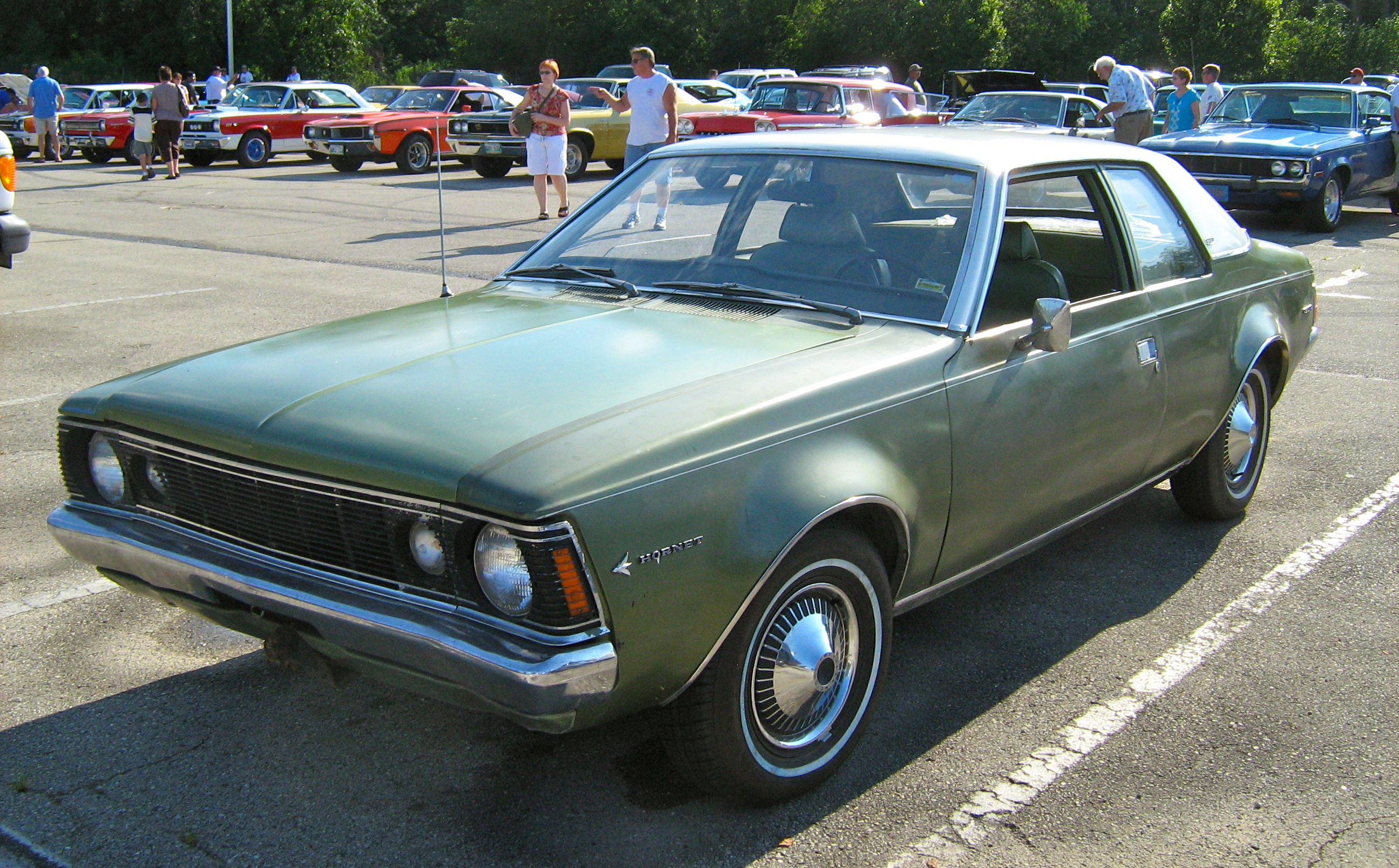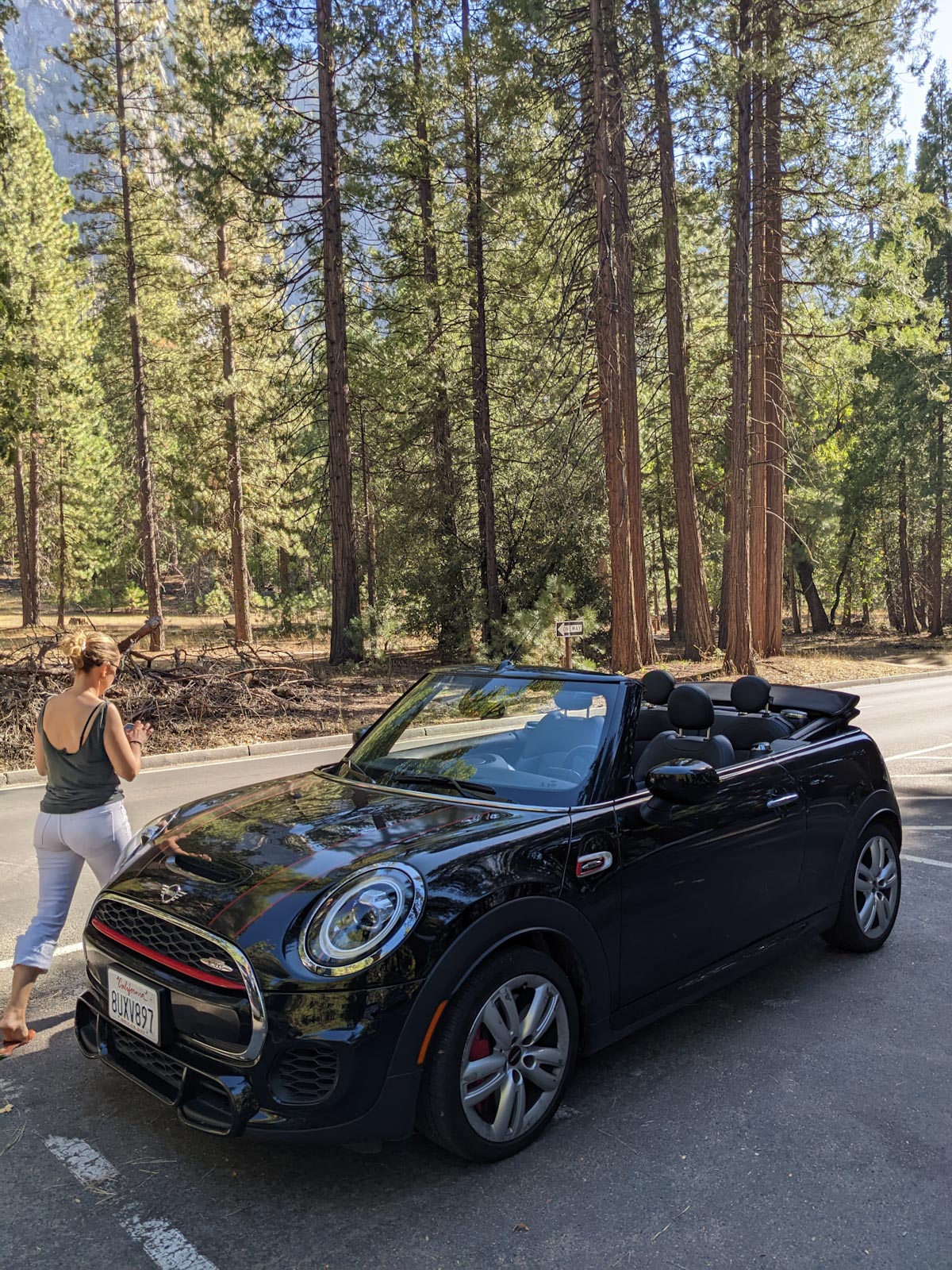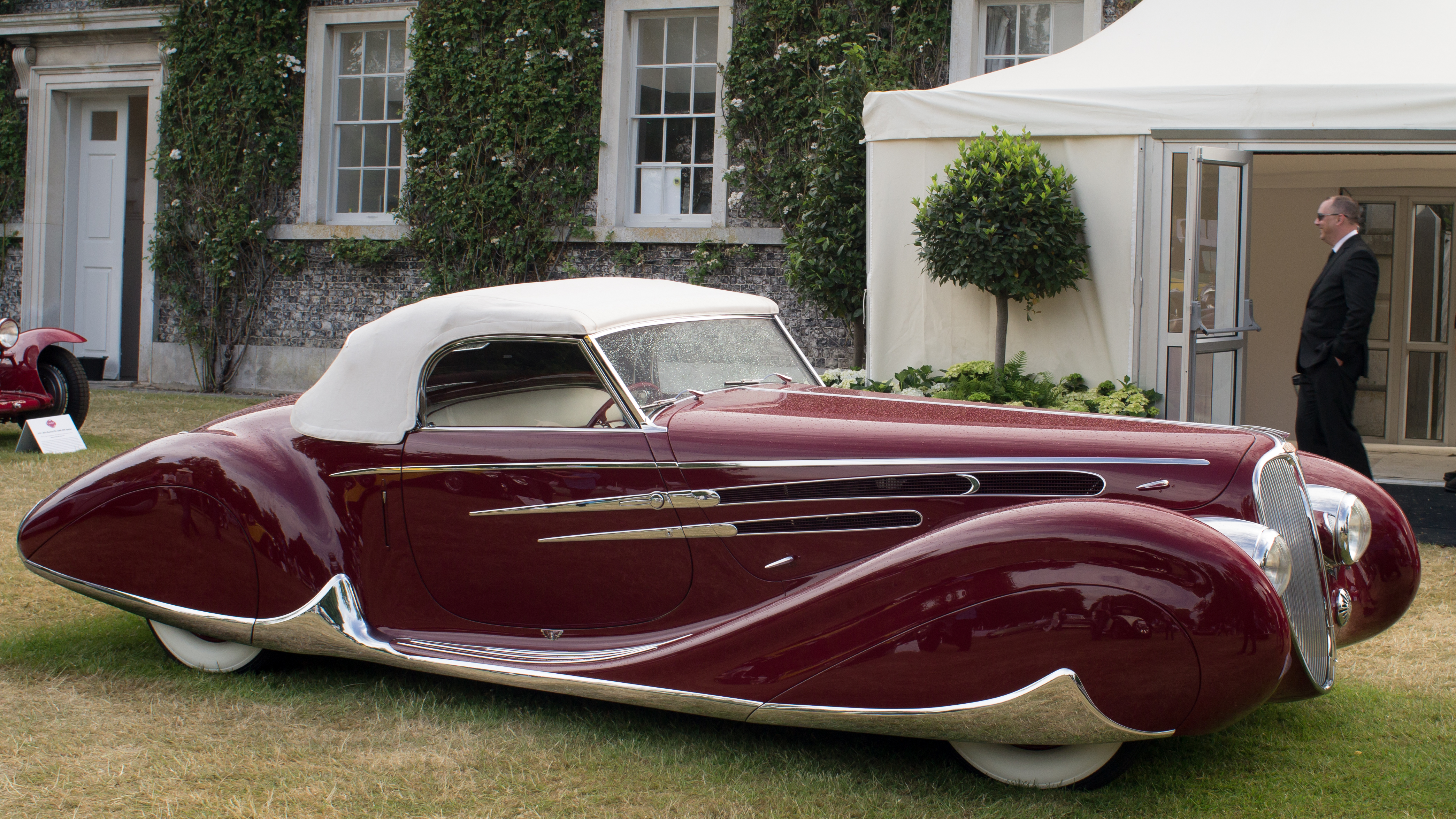The 1970s were a transformative time in automotive history, blending sheer creativity with notable blunders that carmakers would rather forget. While this decade brought us some iconic models, others became infamous for their shortcomings, sparking feelings of disappointment and disillusionment among drivers. The term ‘malaise’ frequently surfaces in discussions about this era, embodying the collective disappointment felt towards many vehicles of the time. As manufacturers scrambled to meet evolving consumer demands and navigate environmental regulations and fuel crises, they ended up churning out cars that would earn the ire of enthusiasts everywhere. From bizarre stylistic choices to severe performance flaws, let’s take a closer look at the cars that earned the most disdain during this unforgettable decade.

1. **AMC Hornet (1970)**: The Hornet might not have been the most glamorous of the decade, but it brought its charm with a funky design and compact size. American Motors, often overshadowed by the Big Three, introduced this model at a time when larger cars were falling out of favor. The Hornet showcased versatility, transforming into the 1978 Concord and later the AMC Eagle, which paved the way for modern crossover SUVs. Despite its innovative designs, the Hornet often fell into the shadows of car enthusiasts’ memories.

2. **Ford Maverick (1970)**: This car was marketed as a budget-friendly, reliable option for those who sought an economical ride. However, the Maverick’s plain Jane approach didn’t resonate with drivers, leading to its gradual fading from the public’s affection. While it had a distinctive fastback design, it lacked the performance and excitement associated with the era’s muscle cars, making it a forgotten relic rather than a cherished model.

3. **Ford Torino (1972)**: The Torino, alongside its fancier cousin, the Gran Torino, was a staple of 1970s American life, appearing in pop culture phenomena such as the television show Starsky & Hutch. Yet, despite its popularity, the car was often seen as bland and uninspired compared to the more exciting muscle cars of its time. The Torino’s fading memory serves as a reminder of how quickly tastes can change in the automotive landscape.

4. **Volkswagen 411/412 (1971)**: In a bold move to enter the luxury market, Volkswagen released the 411 and later the 412, models that ultimately proved to be miscalculated ventures. With styling that failed to impress and an underwhelming performance, these cars were anything but luxurious. Despite sporting features like automatic transmission and modern design, they couldn’t compete with the American perception of luxury, leading to their quick disappearance from the market.

5. **Pontiac Astre (1973)**: GM’s attempt to replicate the Chevrolet Vega’s failure came in the form of the Pontiac Astre. The Astre suffered from a lack of distinct identity and was overshadowed by its more successful counterpart. While the Vega had its issues, the Astre was deemed too expensive and too similar, ultimately failing to capture the sales expectations Pontiac had hoped for.

6. **Oldsmobile Omega (1973)**: Designed as Oldsmobile’s competitor to the popular Chevrolet Nova, the Omega initially presented a decent driving experience but quickly became synonymous with the unfortunate trend of badge-engineering. As General Motors leaned heavily on shared platforms during the 1970s, the Omega found itself lost in an identity crisis, leaving consumers unimpressed and forgetting it quickly amidst a sea of similar models.

7. **Ford Granada (1975)**: The Granada was styled to resemble premium luxury vehicles, but it appeared stiff and formal, reflecting the fashion of the time without much enthusiasm. Ford’s attempts to market it as a competitor to brands like Mercedes-Benz were met with skepticism, contributing to a reputation that it couldn’t shake even as it sold millions. The Granada’s legacy remains clouded by its awkward positioning in an evolving market.

8. **Datsun 200SX (1977)**: Marketed as a sporty coupe, the Datsun 200SX faced criticism for its lackluster performance and awkward aesthetics. As Datsun attempted to transition from budget-friendly vehicles to sportier offerings, the 200SX failed to impress, earning a reputation as one of the least attractive cars of the era. Its poor sales and susceptibility to rust ensured it quickly faded from public consciousness, but it also served as an important lesson for future vehicle designs on what not to do.

9. **Mercury Bobcat (1975)**: A quintessential example of badge-engineering gone awry, the Mercury Bobcat was essentially a rebranded Pinto, quickly earning disdain for its gimmicky and uninspired styling. Despite attempts to set it apart from its less glamorous counterpart, the Bobcat struggled to capture consumer enthusiasm, illustrating the risks associated with branding that lacks true uniqueness and identity.

10. **Buick Century/Oldsmobile Cutlass Aeroback (1978)**: With an ambitious design that merged the hatchback with traditional sedans, the Aeroback models were met with widespread disdain. GM’s attempt to capture the European aesthetic failed miserably, resulting in poor sales that highlighted the disconnect between consumer demand and corporate vision. The Aeroback became a rare find on the roads, leaving behind a legacy of failure that served as a warning for future designs.

These cars represent more than just a collection of unfortunate automotive decisions; they illustrate the tumultuous landscape of 1970s car culture. Manufacturers were grappling with the challenges of fuel pricing, consumer discontent, and shifting design paradigms, leading to a decade marked by a series of misfires. As we reflect on these models, it’s vital to appreciate the lessons learned that have shaped the automotive industry we know today.

11. **The 1978 Ford Fairmont**: A change was in the air as the Ford Fairmont made its debut, designed to replace the Granada. The Fairmont stripped away the excessive ornamentation of its predecessors, opting for a simple, functional design reminiscent of a brown paper bag. Despite its plain exterior, the two-door variant, known as the Fairmont Futura, garnered some appreciation for its unique, understated aesthetic. However, it failed to capture the hearts of many, and like so many others, it faded into obscurity, overshadowed by more iconic models of the time.

12. **The 1978 Dodge Magnum**: Chrysler attempted to carve out a niche in the personal luxury segment with the Dodge Magnum, a car that offered a distinct look with its unique headlight covers. Unfortunately, it was built on outdated components, leading to a vehicle that felt more like a relic than a modern contender. The Magnum’s big-block engine was impressive but ultimately unnecessary, as fuel prices soared and consumer preference shifted towards economy. This misalignment with the market left the Magnum with lackluster sales and a reputation that didn’t reflect its potential.
13. **The 1978 Buick Century/Oldsmobile Cutlass Aeroback**: In a bid to channel European design sensibilities, GM introduced the Aeroback variants of the Buick Century and Oldsmobile Cutlass in 1978. This ambitious hatchback design, however, fell flat with consumers who preferred the classic sedan shape. The dismal sales figures highlighted the disconnect between automotive designers and the market, leading to an eventual shift back towards traditional styling. The Aeroback’s failure underscores the importance of understanding consumer preferences, a lesson that remains relevant today.

14. **The 1977 Chevrolet Chevette**: Initially embraced as an economical choice, the Chevrolet Chevette quickly became known for its lack of personality and performance. With minimal power and uninspired design, it struggled to make a lasting impact on buyers. Although it was affordable and practical, it lacked the excitement that many sought in their vehicles, contributing to its classification as one of the decade’s forgettable models. The Chevette serves as a reminder that even the most economically-minded vehicles must find a way to connect with their drivers emotionally.

15. **The 1976-1977 Cadillac Seville**: The Seville marked Cadillac’s inaugural venture into the compact luxury market but faced skepticism from traditionalists who expected true opulence. Despite its introduction of innovative styling and features, it often fell short of the lavish expectations associated with the Cadillac name. The mixed feedback it received reflects a pivotal moment when buyers began to reassess the essence of luxury, yearning for a perfect balance of performance and glamor—a balance that the Seville unfortunately struggled to achieve, making it a memorable part of automotive history.

16. **The 1975 Chevrolet Monza**: The Monza tried to capitalize on the sporty compact trend, but it ultimately fell short of expectations. Although it featured a sleek design and the promise of performance, many drivers found it lacked the power and handling they desired. The Monza was often overshadowed by better competitors, leading to its decline in popularity. This car exemplifies how even the most promising concepts can fail when not executed with precision and understanding of market demands.

17. **The 1973 DeTomaso Pantera**: Initially celebrated for its stunning design and performance, the DeTomaso Pantera’s reputation took a hit as reliability issues and lack of dealer support emerged throughout the decade. Although it had the potential to impress, the combination of Italian styling and American building processes proved troublesome, leading to its failure to connect with a broader audience. The Pantera stands as a cautionary tale about the challenges of merging distinct automotive cultures and the importance of dependability.

18. **The 1979 Lincoln Continental**: As the 1970s came to a close, the Lincoln Continental aimed to encapsulate American luxury in a grand format. However, it faced criticism for its over-the-top styling that failed to adapt to changing tastes. Its immense size and outdated features did little to attract younger buyers seeking modern luxury. The Continental’s struggle to redefine itself amidst a changing automotive landscape illustrates the challenges of legacy brands in staying relevant.

Reflecting on the lessons learned from these vehicles, it becomes clear that the automotive industry is a complex arena where passion, innovation, and consumer needs must align. The missteps of the 1970s remind us that even in the face of adversity, learning from failures ultimately shapes better products and stronger brands in the future. Each of these cars, while maligned, contributed to a rich tapestry of automotive evolution, helping pave the way for more successful models in subsequent decades, ensuring that the legacy of the 1970s is one of growth, insight, and resilience in design and engineering.

The tumultuous journey of these cars is more than just a narrative of failures; it illustrates the ongoing evolution of automotive design and consumer preferences. As we advance toward the future of driving, these lessons remind us how vital it is to listen to consumers and create vehicles that do more than simply transport—they must also inspire, excite, and form genuine connections with those who drive them.
Related posts:
These Forgotten 1970s Cars Are Worth Remembering
The American Museum of Tort Law
The 50 Worst Cars of All Time




